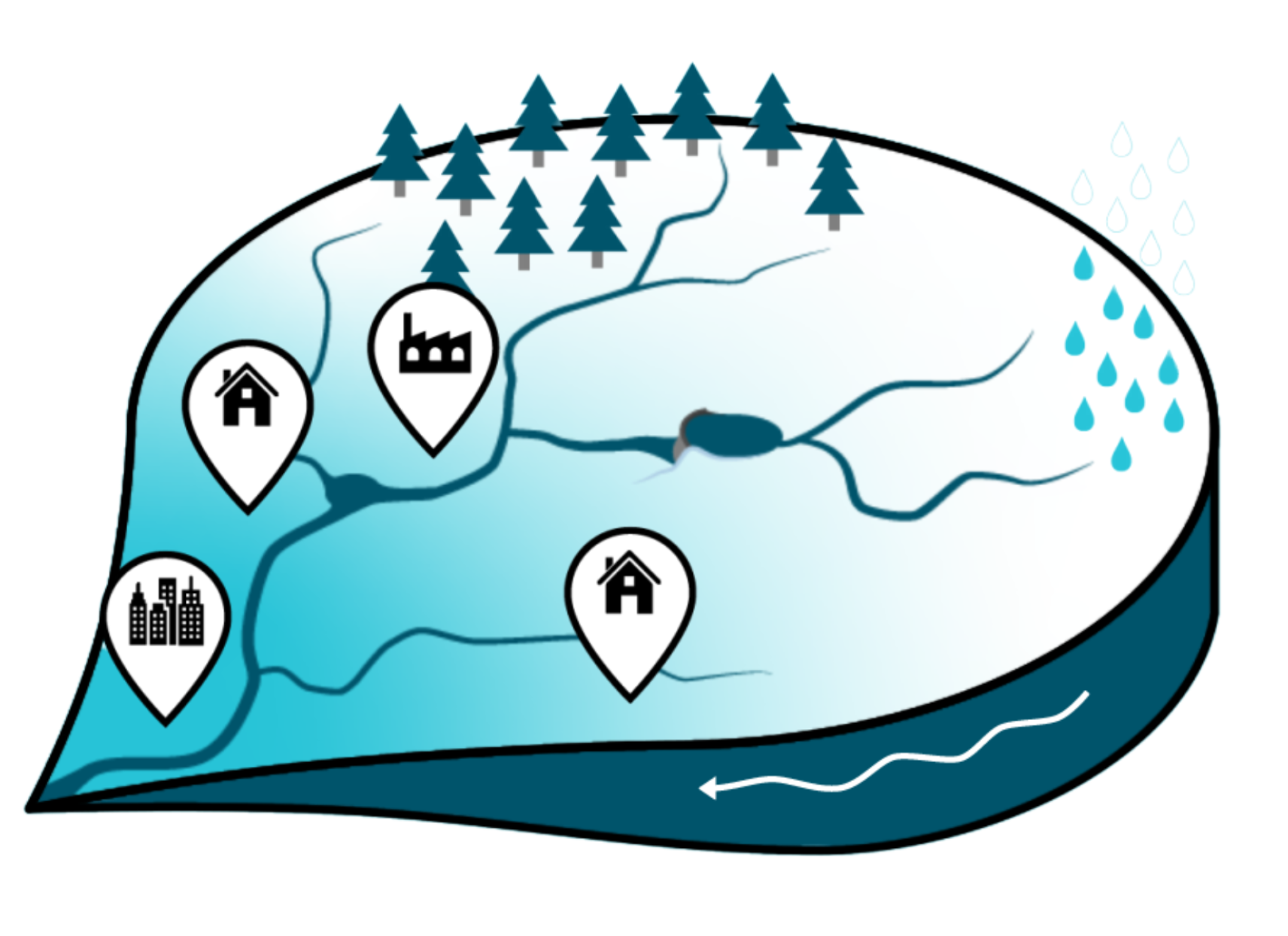Stewardship means taking care of something that is entrusted to us but that we do not own. Water stewardship is about looking after a finite natural resource that all living creatures and ecosystems rely upon. It is based on the recognition that water is a shared resource and water users are part of a complex network in which each decision about water use has implications for other people, animals and ecosystems.
The concept of water stewardship emphasises responsibility – it is about minimising the impacts of water use by understanding our role within a shared water system. The ultimate goal is to use water in a way that is socially and culturally equitable, environmentally sustainable and economically beneficial.
AWS defines water stewardship as the use of water that is socially and culturally equitable, environmentally sustainable and economically beneficial, achieved through a stakeholder-inclusive process that includes both site- and catchment-based actions.
Global efforts to respond to the water crisis have focused primarily on good water management. This includes improving efficiency of water use, avoiding pollution and maintaining legal compliance. While these are essential activities at site level, they are not enough to address the water crisis because they do not focus on the wider context and interconnections with other water users.
Water stewardship builds on good water management by considering the entire catchment context and thereby carrying out activities that are most appropriate for local conditions. By adopting a holistic perspective that incorporates the social, environmental and economic dimensions of water use, water stewards recognise their own role and responsibility in managing water resources.


The International Water Stewardship Standard (known as the AWS Standard) is an auditable framework for water stewardship that helps farms, factories and other water-using sites understand their water use and impacts and take credible, verifiable actions to address shared water challenges.
It is the only international, audited standard for responsible water use that is ISEAL Code Compliant
The AWS Collective Action Accelerator is a collaborative, location-based approach to water stewardship. It was developed to give businesses working in water-stressed regions an opportunity to work together to find solutions to shared challenges in a cost-effective, scalable and replicable way.
AWS is currently running and scoping AWS Collective Action Accelerators across the globe.
AWS Standard certification is confirmation of having met best practice for responsible water stewardship. It enables sites to make credible claims about their water stewardship performance and benefits may include increased investor confidence, improved brand perception and strengthened customer relationships.
A company can implement the AWS Standard across its single, group or multi-site operations.